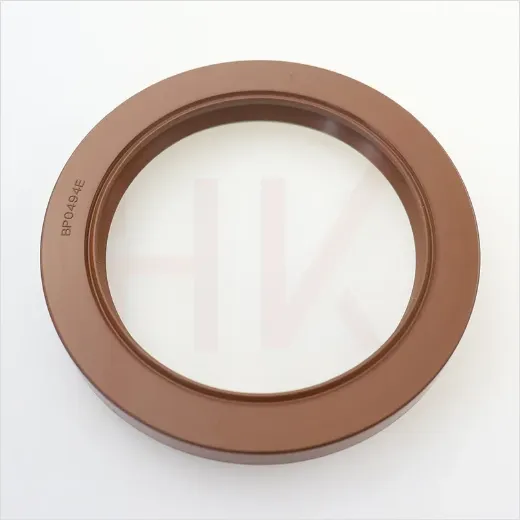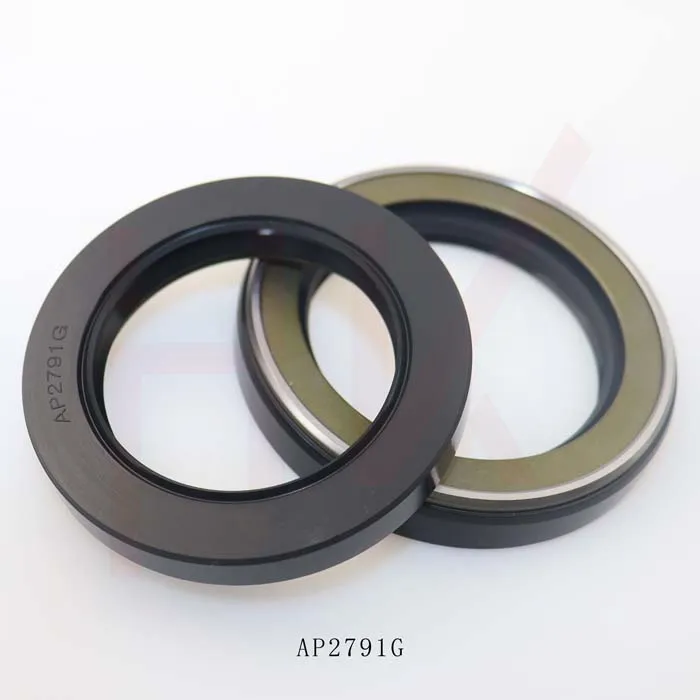Jan . 22, 2025 04:17 Back to list
Standard Hydraulic DKB Type Dustproof Wiper Oil Seal


Authoritative research and case studies highlight the correlation between high-quality scraper seals and increased machinery longevity. For example, a study involving mining equipment demonstrated that upgrading to more advanced scraper seal technology reduced unplanned maintenance by 30%, underscoring the seal's role in maintaining system integrity. Such evidence reinforces the need for businesses to invest in this often-overlooked component, ultimately safeguarding against costly breakdowns and enhancing overall productivity. Trustworthiness in scraper seal selection and use is derived from sourcing products from established manufacturers with a proven track record of performance and reliability. Reputable suppliers offer certification and testing documentation, providing assurance of quality and compatibility with specific hydraulic systems. Engaging with such suppliers not only delivers peace of mind but also fosters a partnership where the seal’s performance can be monitored and optimized in real-time. In conclusion, the right scraper seal in a hydraulic system is not merely a protective accessory but a strategic component integral to system performance and longevity. Real-world experiences, coupled with expert insights, affirm that selecting the appropriate material, design, and reliable supplier directly impacts system efficiency and lifespan. Scraper seals serve as a testament to the age-old engineering adage that an ounce of prevention is worth a pound of cure, forging a path towards enhanced operational success and economy.
-
The Trans-formative Journey of Wheel Hub Oil Seals
NewsJun.06,2025
-
Graphene-Enhanced Oil Seals: Revolutionizing High-Pressure Oil Sealing
NewsJun.06,2025
-
Future of Hydraulic Sealing: Advanced Intelligent TCN Oil Seals
NewsJun.06,2025
-
Don’t Let a Broken TCV Oil Seal Ruin Your Day
NewsJun.06,2025
-
Bio-Inspired Dust Seals for Better Sealing Performance
NewsJun.06,2025
-
Biodegradable and Sustainable Hydraulic Seal Materials
NewsJun.06,2025
-
Top Oil Seal Solutions for Your Industrial Needs
NewsMay.22,2025
Products categories
















